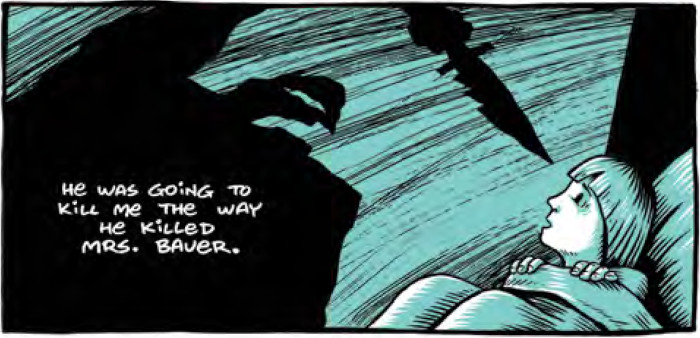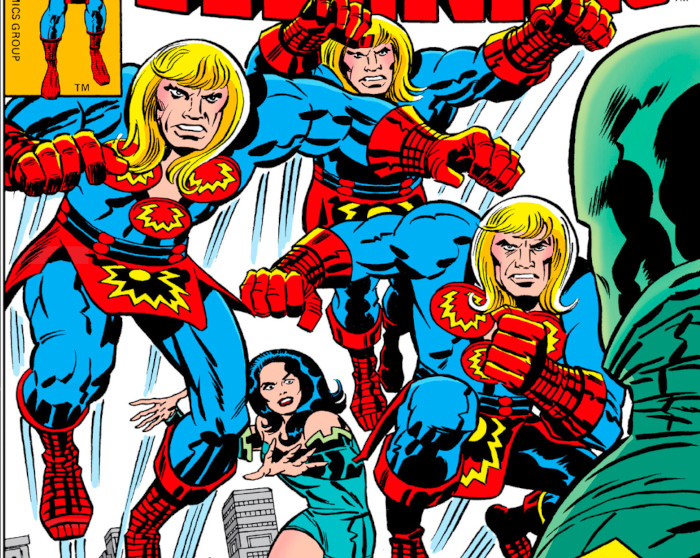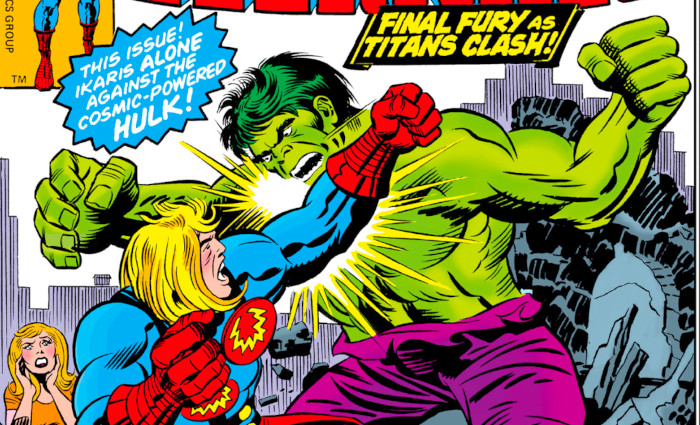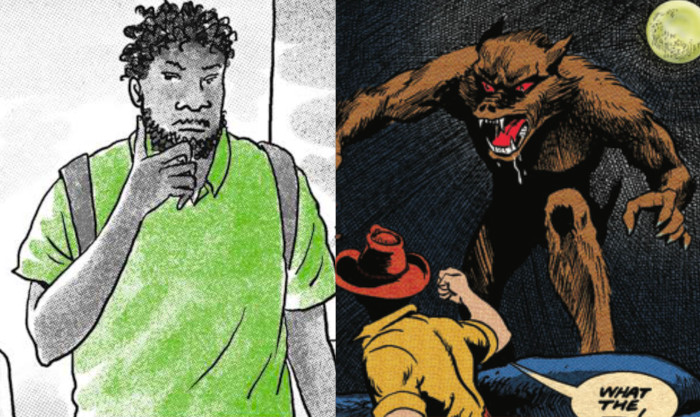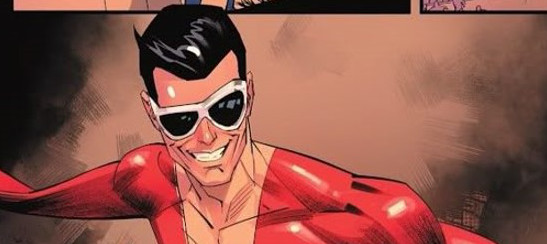
Plastic Man is truly one of the most unique and entertaining characters in the superhero landscape. He was created by Jack Cole in 1941. This particular superhero was one of the first to incorporate humor into mainstream action storytelling as a genuine hero whose appeal transcends generations.
Patrick “Eel” O’Brian, aka Plastic Man, is apart from other superheroes in his extraordinary ability to stretch, mold, and reshape his body into virtually any form. This elasticity offers endless possibilities for visual creativity, and the character’s antics often play out in hilarious, unexpected ways. Whether he’s transforming into a rocket to fly across the sky or an amusing animal to surprise his enemies, Plastic Man’s powers make every encounter exciting and unpredictable.
In fact, he shines particularly in his interactions with other heroes and villains. Often portrayed with a lighthearted sense of humor, Plastic Man brings a refreshing comic relief to the darker narratives of the DC Universe. His witty banter, self-deprecating humor, and playful nature create a good balance against the more serious tones found in many comics series. Even when he’s up against formidable foes, the levity he brings makes for a dynamic reading experience.
However, some might argue that the comedic tone and whimsical visual style can detract from the more serious aspects of superhero storytelling. For those who prefer traditional narratives centered around grim heroism and moral dilemmas, Plastic Man may seem a bit too irreverent. Yet, it’s this very irreverence that makes him a beloved character in his own right; he challenges the conventional standards of heroism and shows that saving the day can also be a lot of fun.
Artistic interpretations of Plastic Man have varied widely over the years, but the character’s rubbery aesthetic is always vibrant and imaginative. Whether illustrated in a classic style or with a modern twist, his visuals are a delight to fans of all ages.
Here are some of the principal Powers and Abilities that this interesting superhero has:
- Density Control: Plastic Man can change his density at will; becoming as dense as a rock or as flexible as a rubber band.
- Malleability : He can stretch his limbs and body to superhuman lengths and sizes.
- Size Alteration: Another interesting ability is size alteration. He can shrink himself down to a few inches tall.
- Shape-Shifting: Plastic Man can contort his body into various positions and sizes impossible for ordinary humans, such as being entirely flat so that he can slip under a door or using his fingers to pick conventional locks.
- Color Change: The only limitation that this superheroe has relates to color, which he can´t change without intense concentration.
- Superhuman Agility: These stretching powers grant Plastic Man heightened agility enabling him flexibility and coordination.
- Ultrasonic Detection: His body will start to “ripple” when an ultrasonic frequency is triggered.
- Regeneration: Plastic Man is able to regenerate and assimilate lost or damaged tissue, although he needs to be reasonably intact for this process to begin.
- Telepathic Immunity: Plastic Man’s mind is no longer organic. This is untouchable by telepathy.
- Immortality: He doesn´t appear his age; if he does, it is at a rate far slower than that of normal human beings.
Plastic Man, a hero who can save the day and make you chuckle at the same time.


